Discover Train holidays in Scotland
-
Rail & Hike Round-Up
With a few itineraries to choose from we have pulled out some of the at-a-glance highlights to help you choose the trip that is right for you.
1) The Highlands & Isle of Skye
- The best choice for a week long bucket list walking holiday - take in those truly classic Scottish sights from Blair Castle in the forests of Perthshire to Loch Ness and stunning walks on the Isle of Skye.
- Ride the West Highland Line railway across the iconic Glenfinnan Viaduct.
2) Grand Tour of Scotland: Rail & Hike
- In 13 days immerse yourself in the ultimate Scottish experience; with walks on the West Highland Way, Great Glen Way, in quintessential Perthshire and on the iconic Isle of Skye.
- Enjoy epic rail journeys; from the world-renowned West Highland Line across the Glenfinnan Viaduct, to the remote Kyle Line traversing the country's wild interior.
- This is Scotland in all of it's grandeur; from clan castles, sweeping coastlines, dramatic mountain ranges, to rich history and vibrant cities. Hop aboard and experience it for yourself!
3) Highlands and Isle of Skye Rail & Hike In Style
- Following the same route as above and complete with all the same classic route stop offs. However, you'll overnigt in luxurious accommodations, enjoy some included dinners, a wonderful private guided tour of Skye, and replace some travel by public transport with private transfers.
- Sample the highlights of Scotland's west coast, all while journeying north on one of the world's best-ranked railway journeys - the West Highland Line.
- Not only will you walk sections of the famed West Highland Way trail, but you'll hike in the forests of Glen Nevis in the shadow of Scotland's highest mountain, Ben Nevis, all before crossing over the Glenfinnan Viaduct to the seaside village of Mallaig.
- In just 5 days immerse yourself in the incredible landscapes of Skye, overnight in the colourful harbour town of Portree in a cosy B&B, and no west coast Rail & Hike would be complete without a trip over the iconic Glenfinnan Viaduct on the West Highland Line railway.
- If part of a longer trip in Scotland this tour is perfect for adding onto the end of your walking holiday on the West Highland Way trail.
- Best for those on a shorter timescale, at only 4 nights, this trip really packs a punch!
- Begin in the historic and cosmopolitan capital city of Scotland, spend two nights in Perthshire while exploring the castle and whisky distilleries of the charming villages of Blair Atholl and Pitlochry. The trip continues with a scenic rail journey through the Cairngorm National Park to arrive in Inverness where you can walk the Caledonian Canal, visit Loch Ness, or Culloden Battlefield.
If you have specific questions regarding our range of Rail & Hike trips please get in touch with one of our knowledgeable specialists.
![Rail & Hike Round-Up]()
-
Top tips for your Scottish Rail & Hike trip
1) First, choose the right Rail & Hike trip for you
We offer a number of great Rail & Hike trips. First, make sure to choose the one that's right for you! From short breaks that pack in as much as possible to more leisurely itineraries that take in all of the classic spots, to hiking sections of the West Highland Way, and trips that offer a little extra style and even a touch of luxury.
2) Enjoy the journey
One of best things about Rail & Hike trips is that although you'll be out and about on the trail, you are also given the opportunity to sit back, relax and take it all in as you travel between your overnight stops. Whether that's a world class rail journey, a scenic ferry ride, or an optional small guided group tour of Skye with a local supplier and friend. Embrace this down time, and simply enjoy the journey!
3) Why not do a little extra research?
Although we provide you with suggested walks, and lots of local points of interest to explore (that's why you are booking with us after all!) the beauty of Rail & Hike trips is that there is plenty to see and lots of time to indulge your own individual interests. Whether you are a history buff or a wildlife enthusiast check out our trip notes and do a little extra research of your own so you don't miss out on what could be a personal highlight along the route.
4) Check the weather forecast
Now that you've booked your trip and are ready to travel we recommend checking the weather every evening before the next day. Well, it is Scotland so we always recommend that, but depending on which trip you have chosen you might be able to tailor your day to make the most of the sunshine and avoid the rain where possible.
![Top tips for your Scottish Rail & Hike trip]()
-
FAQs
Q: When is the best time to travel in Scotland?
A: Spring and autumn are often considered to be the best seasons for walking in the Scottish Highlands. Temperatures are cooler, ideal for daily walking and tend to be drier than summer which can be a mixed bag. If you are lucky it could be dry and warm, but you are more likely to get dry days in spring and autumn. Another advantage of traveling in the spring and autumn is that the trails and visitor attractions will be quieter than during the peak tourist season in summer.
Q: Will I need a map and compass?
A: The trips have detailed route notes, points of interest and maps available digitally on our easy to use app. Once you have booked you can download our app, which has the trips pre-loaded.
Q: Are midges a major problem?
A: There is no denying that midges (a small swarming insect similar to a north American gnat) can be a nuisance in the summer when there is no breeze. They can bite if they find bare skin but they do not cause illness. Some people can suffer from itchy bites though.
The worst time for midges in Scotland is June to August on warmer humid days. The best solution is to carry midge repellent, and a midge hood if you are usually susceptible to bad insect bites, with you. See our Say Goodbye to the Midges blog for repellent ideas.
![FAQs]()














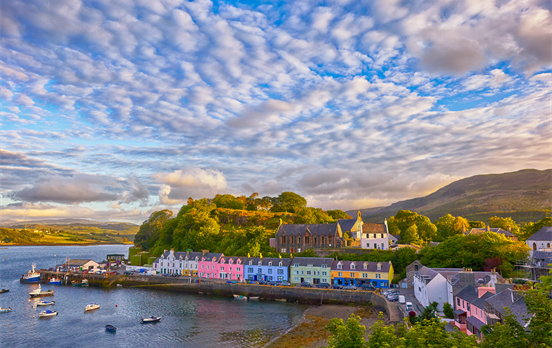
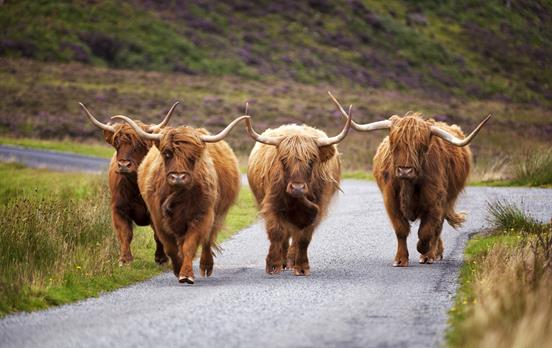
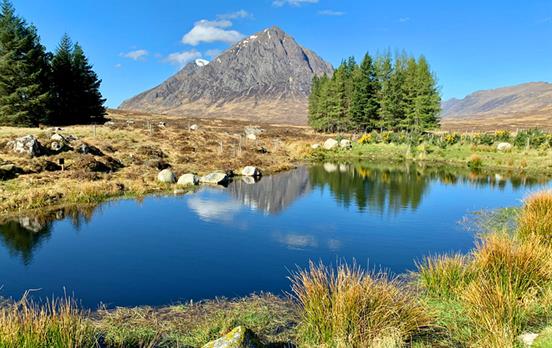
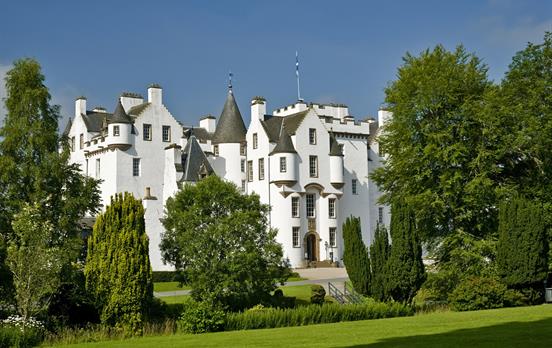

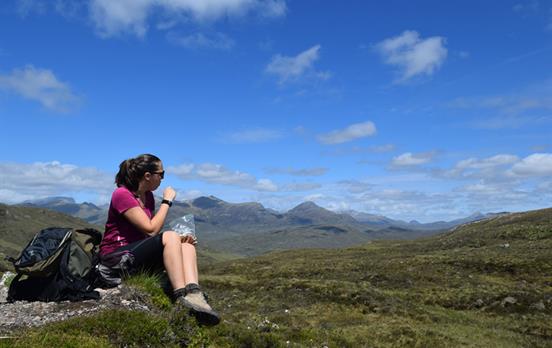
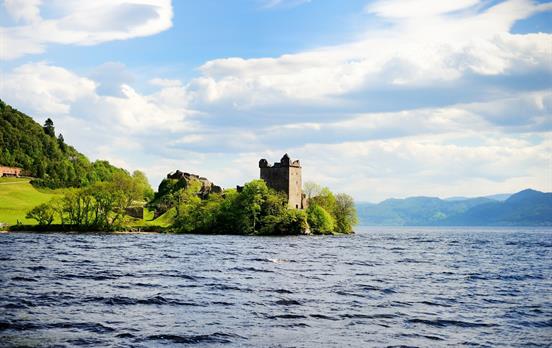
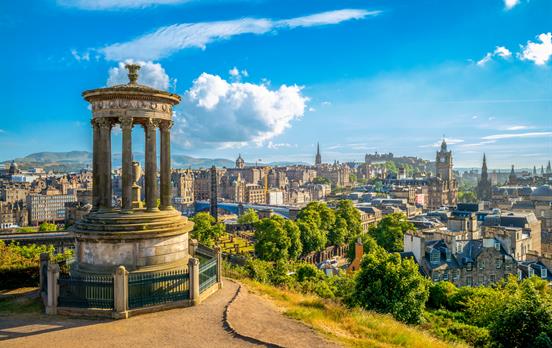



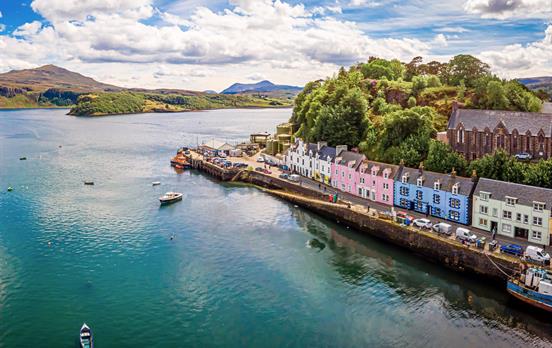

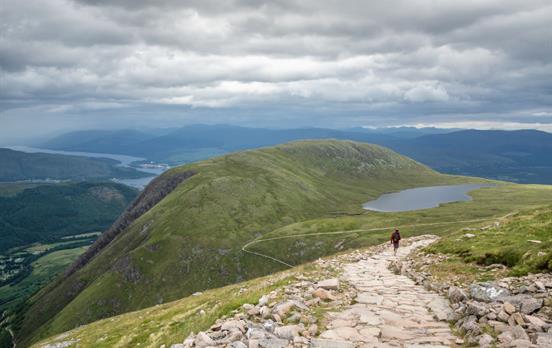
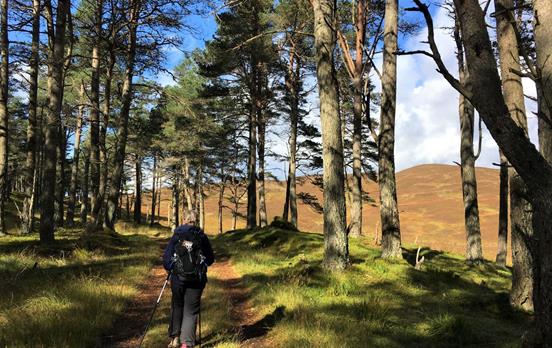
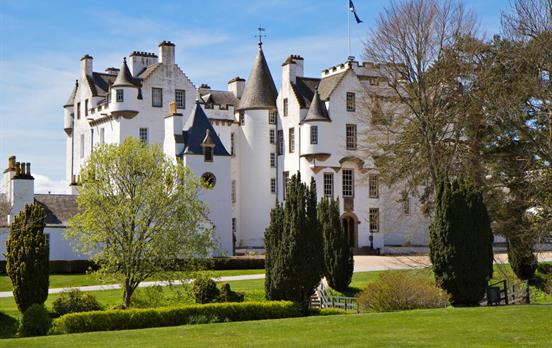
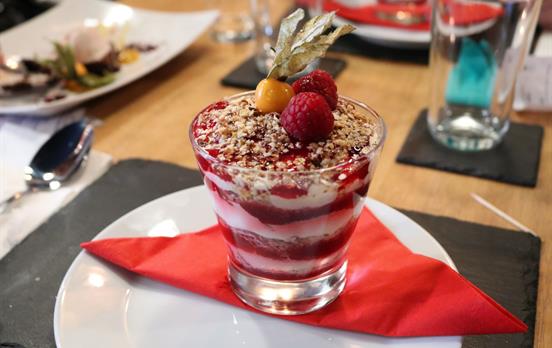
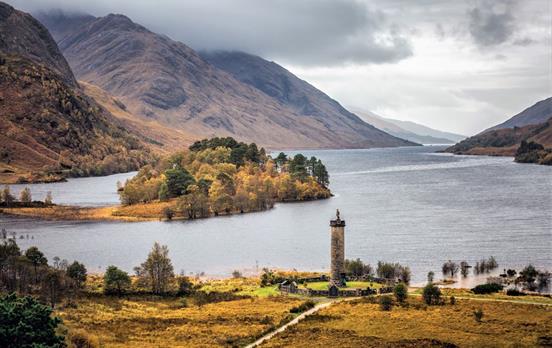

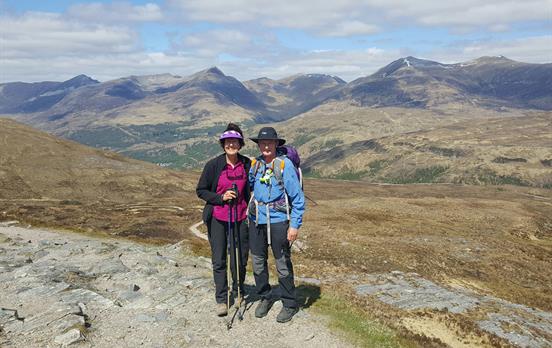
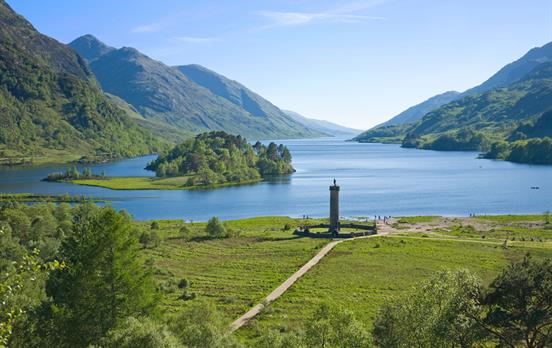
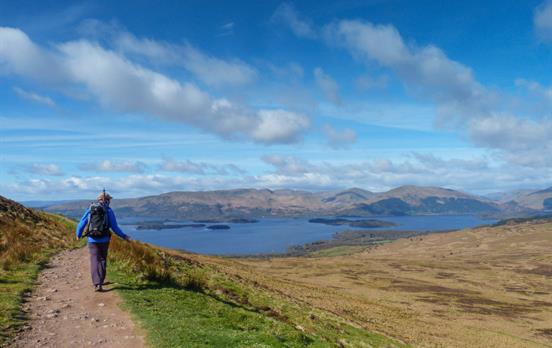

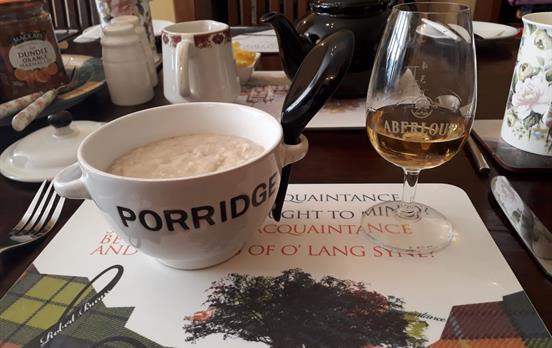
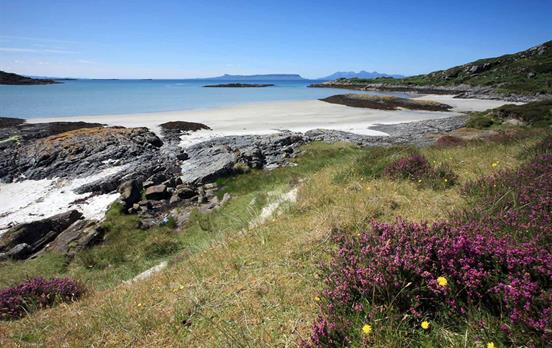
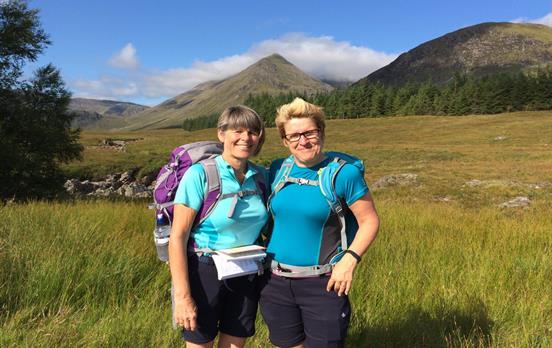
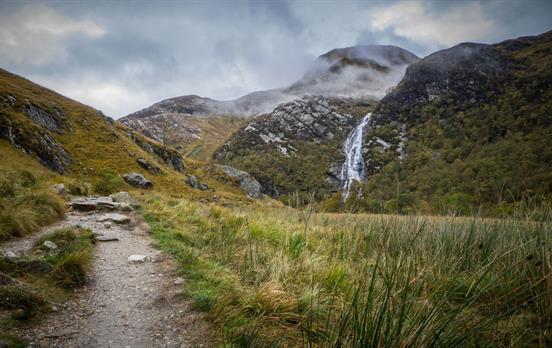
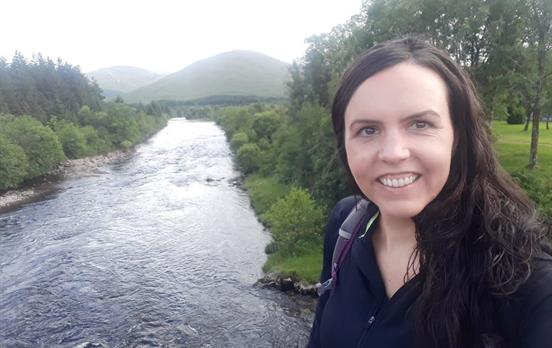

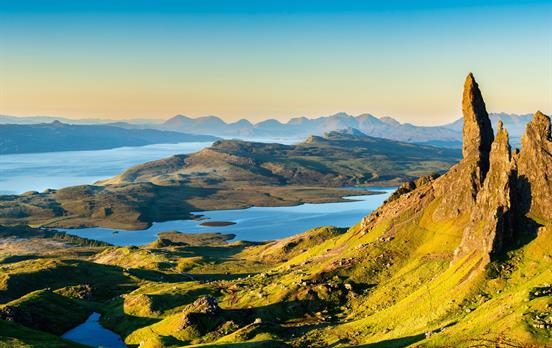

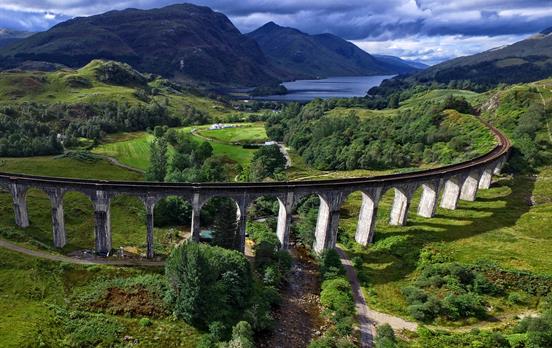

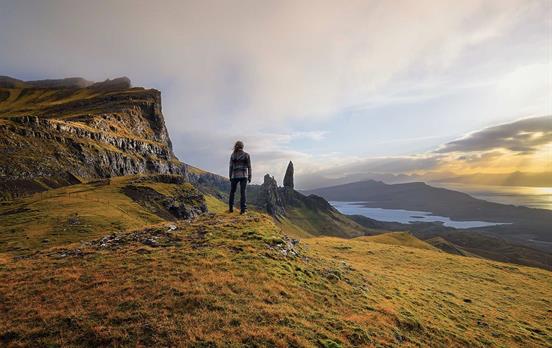
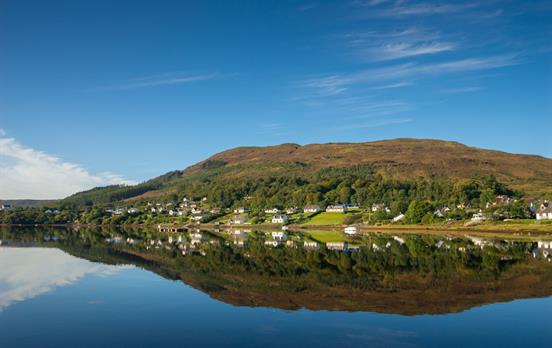
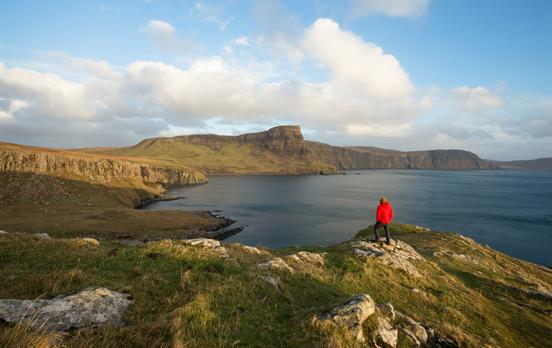
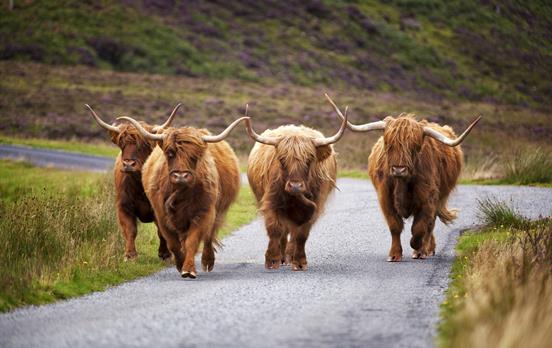
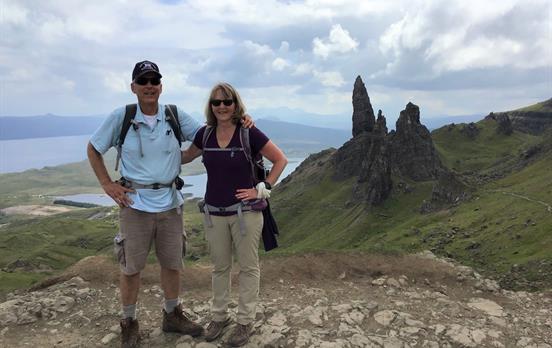

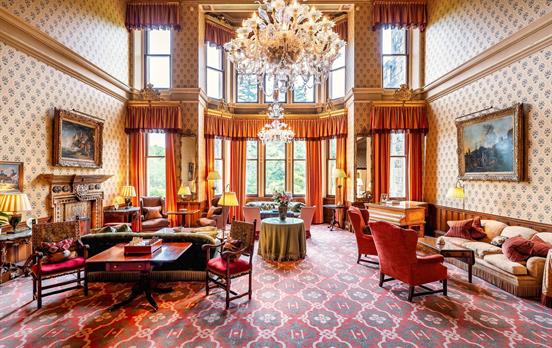
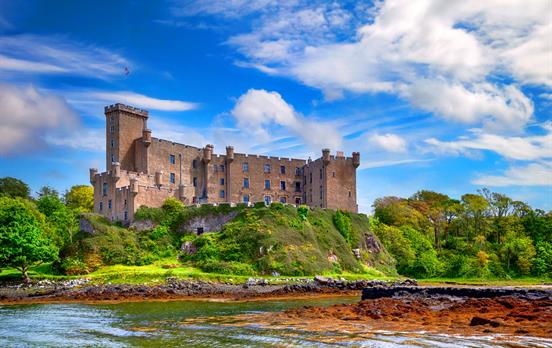
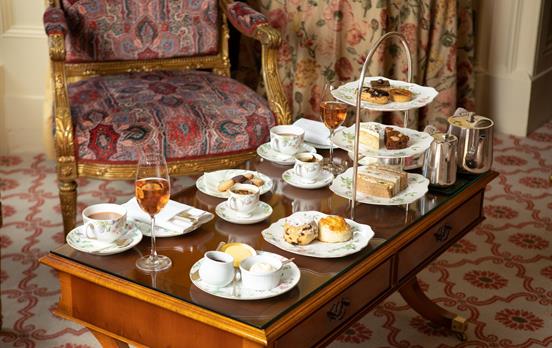
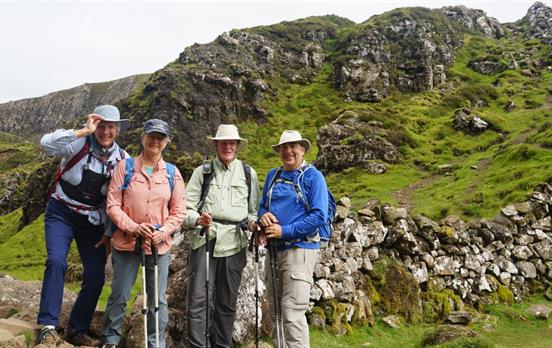
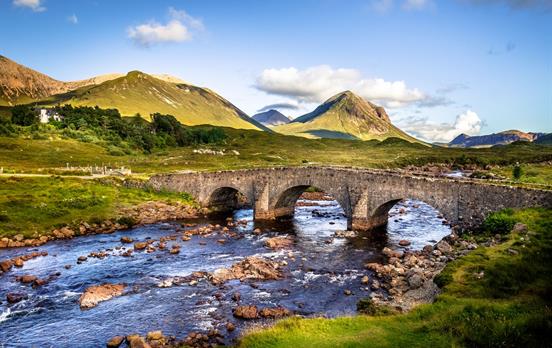
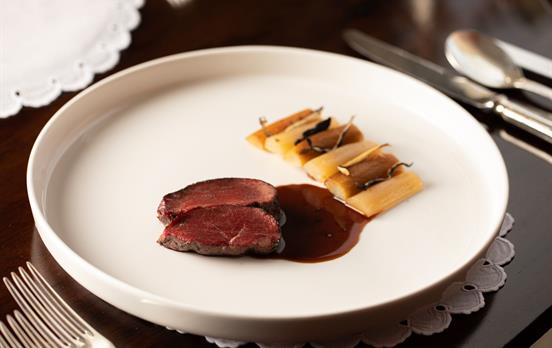
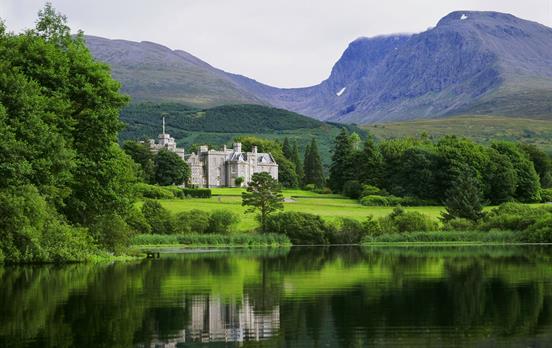
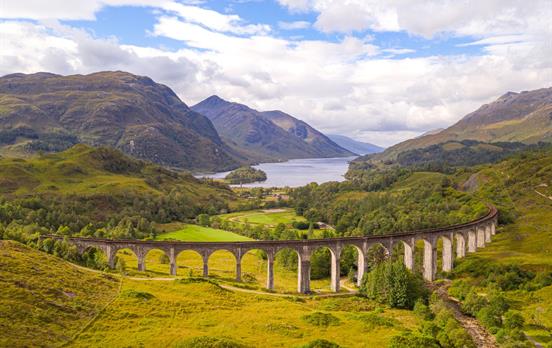
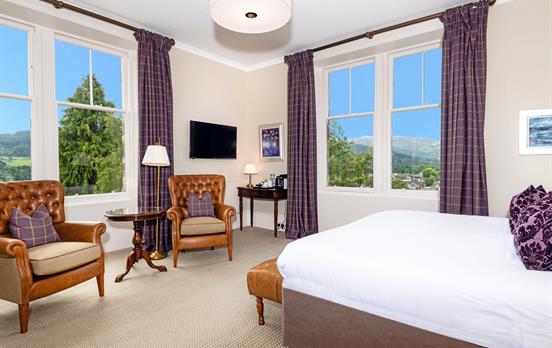

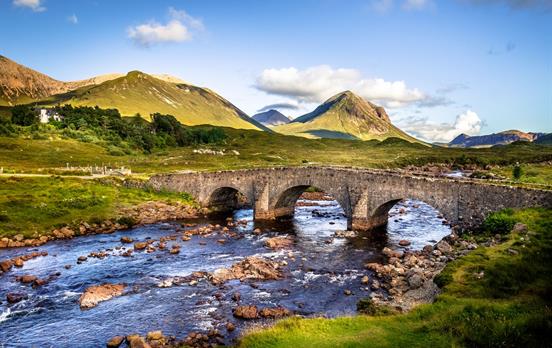
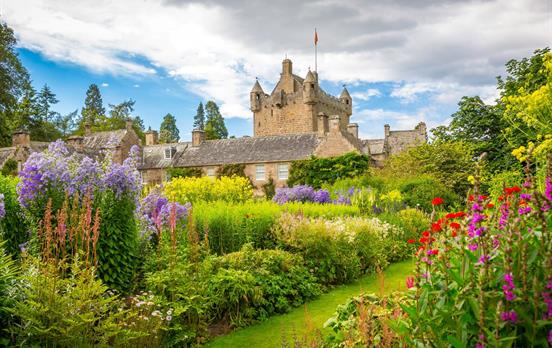
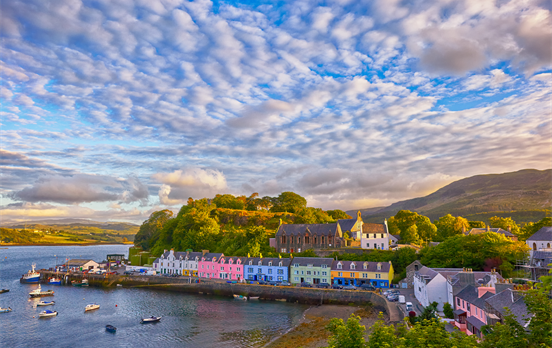
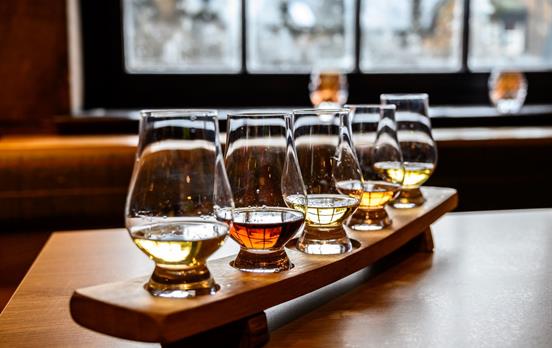
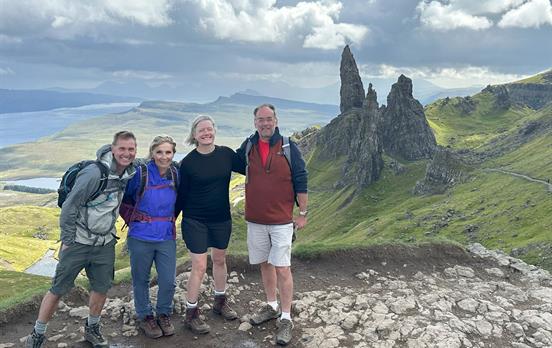
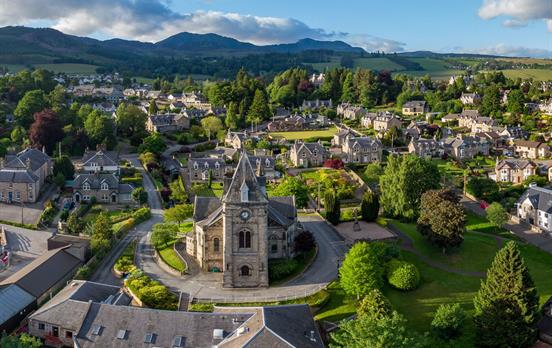
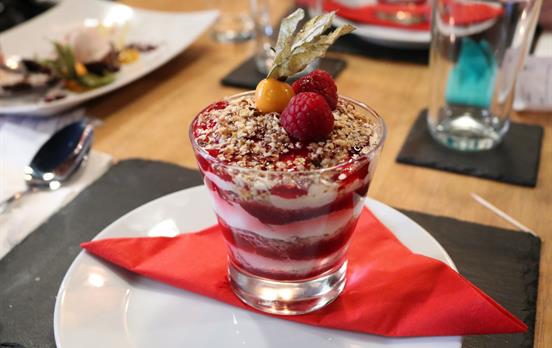
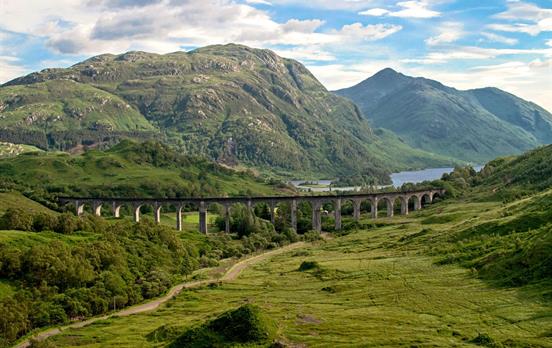
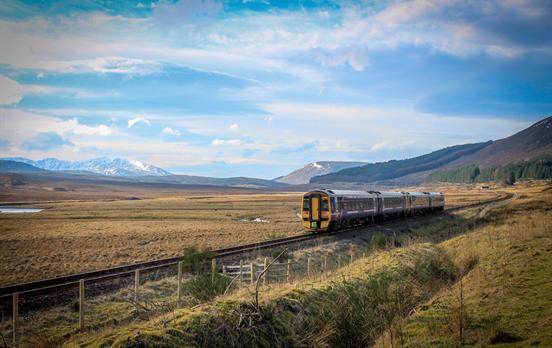
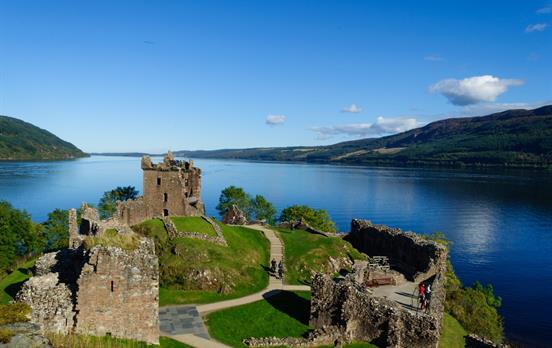








 Australia
Australia New Zealand
New Zealand South Africa
South Africa European Union
European Union